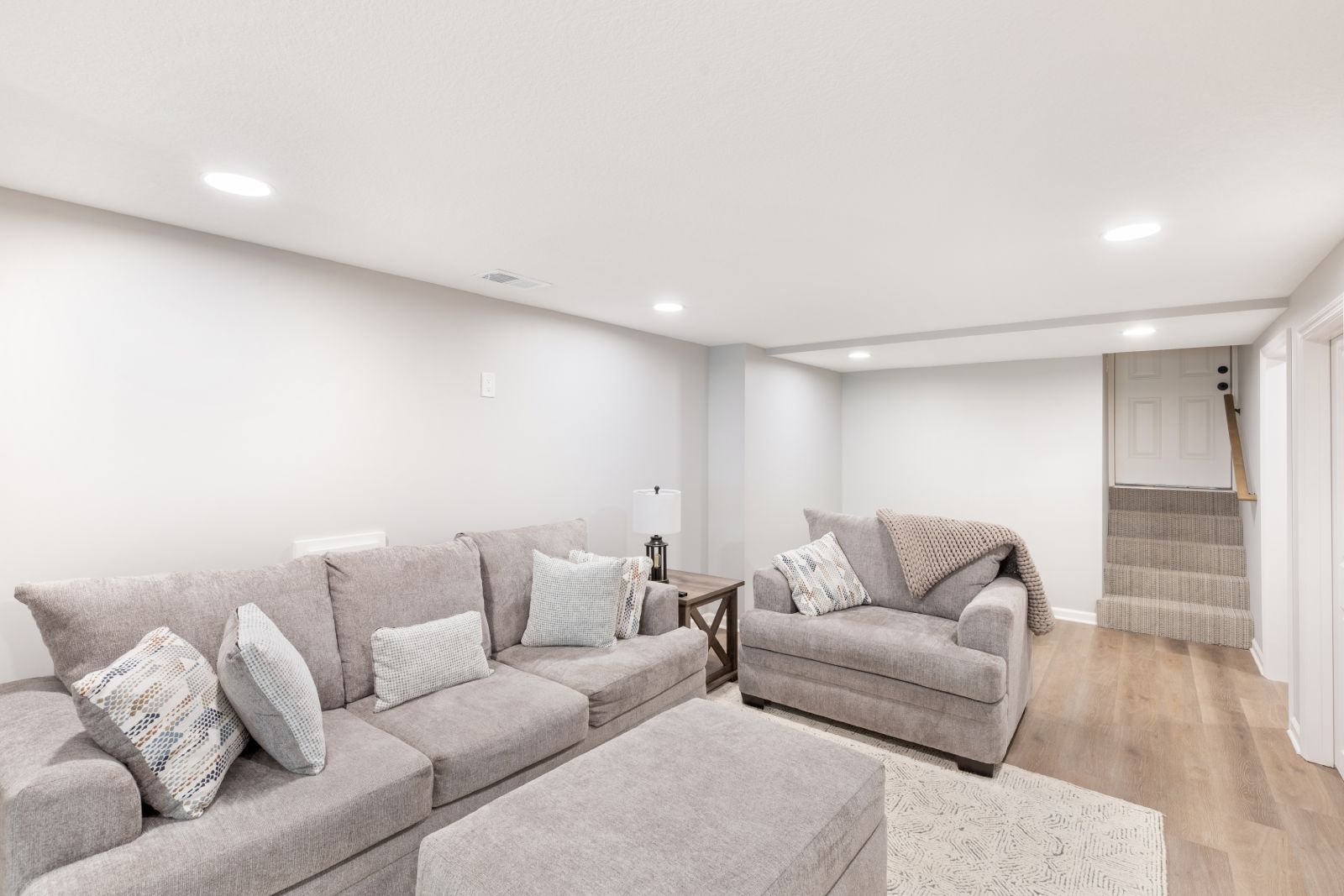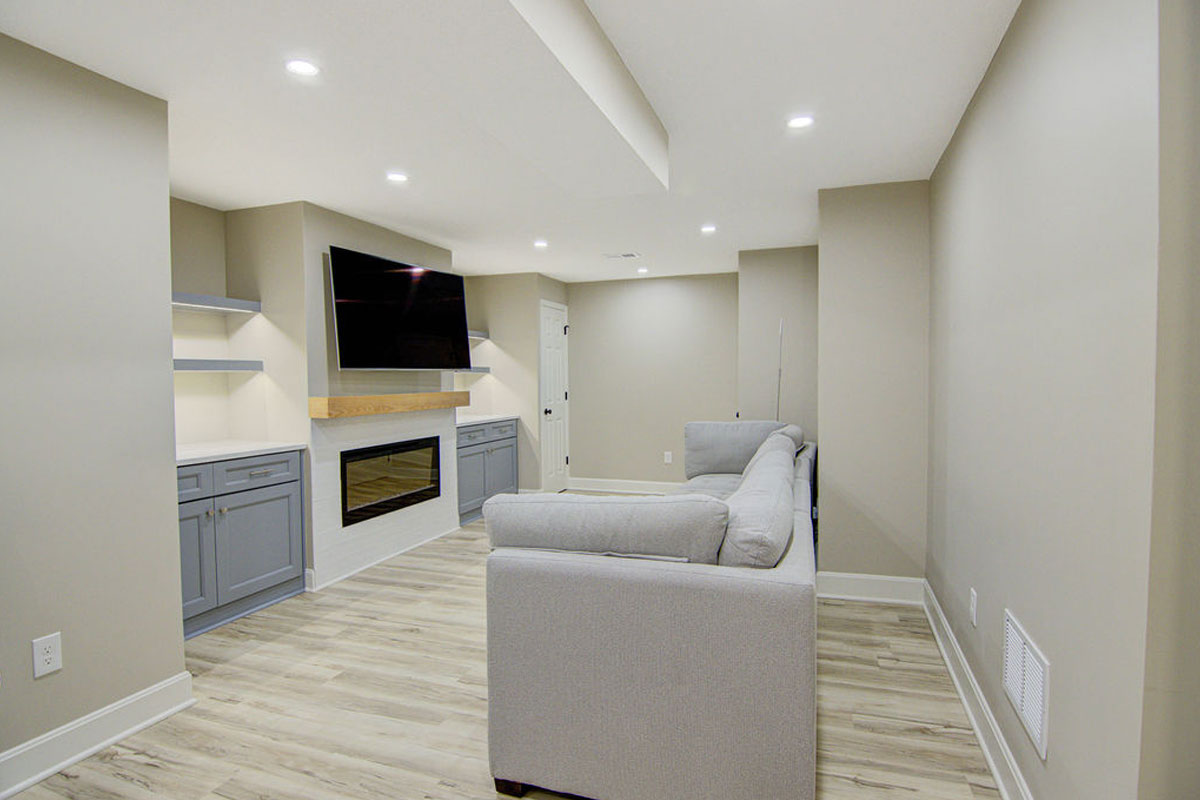Remodeling a basement can be a rewarding project that adds valuable living space to your home. It’s an opportunity to transform an often underused area into a functional and cozy retreat for your family. However, before you start picking out furniture and paint colors, there are several important things to consider ensuring your basement renovation is successful and meets your family’s needs.
Assessing Your Basement’s Potential
Evaluate the Space’s Functionality
Before you begin, think about what you want to gain from the space. Do you need an extra bedroom, a family game room, or perhaps a home office? The function will dictate the design, so it’s important to be clear about your intentions from the start.
Inspect for Moisture and Water Damage
Basements are prone to moisture issues. Check for any signs of water damage or mold before proceeding with your remodel. Addressing these issues early can prevent costly repairs in the future.
Structural Considerations
Understanding the Foundations
The structural integrity of your basement is paramount. Look at the foundations and bear in mind any support beams or poles that may need to be worked into the design. Sometimes, these elements can be cleverly incorporated into the layout or even become a feature of the room.
Ceiling Height Restrictions
Basements often have low ceilings or ductwork that might intrude on the space. When planning your basement renovation, consider how ceiling height will affect the overall feel and usability of the area. You may need to reroute ducts or pipes to maximize the space.
Legal and Safety Requirements
Checking Building Codes
It’s crucial to check local building codes and obtain any necessary permits before starting your remodel. These codes will affect many aspects of your project, from electrical work to egress windows, and ensuring compliance is essential for the safety and legality of your renovation.
Planning for Safe Egress
Proper egress is a safety requirement and a critical aspect of basement remodeling. You must have a safe exit in case of emergencies. This might mean adding or enlarging windows, which can also bring the added benefit of natural light.
Designing for Comfort and Style
Maximizing Natural Light
One of the challenges in basement remodeling is the limited natural light. Consider installing egress windows or using light wells to bring in more sunlight. Mirrors and light colors can also help to brighten the space.
Choosing the Right Materials
Select materials that are suited for the basement environment. For flooring, options like vinyl plank or tile can withstand moisture better than hardwood. For walls, choose paints and finishes that resist mold and mildew.
The Essentials of Climate Control
Heating and Cooling Needs
Basements can be cooler than the rest of your house, so you may need to add heating or adjust your HVAC system. Similarly, good ventilation is crucial to prevent dampness and maintain air quality.
Insulation for Energy Efficiency
Proper insulation will make your basement more comfortable and reduce energy costs. Insulate walls, and consider using subfloor insulation to make the space feel warmer underfoot.
Finishing Touches
Lighting Fixtures
Good lighting is essential in a basement. Use a combination of overhead, task, and accent lighting to create a warm and inviting space.
Storage Solutions
Built-in storage, shelves, and closets can help keep your basement organized and clutter-free. Plan for storage that complements the intended use of the room.
Conclusion
Remodeling your basement is a significant home improvement project that requires careful planning and consideration. By taking into account the function of the space, structural conditions, legal requirements, and design elements, you can turn your basement into a comfortable and enjoyable extension of your home.
If you have any questions, don’t hesitate to contact us. Our team is ready to support your project with expertise and tailored advice, ensuring your basement becomes a testament to both functionality and style.










